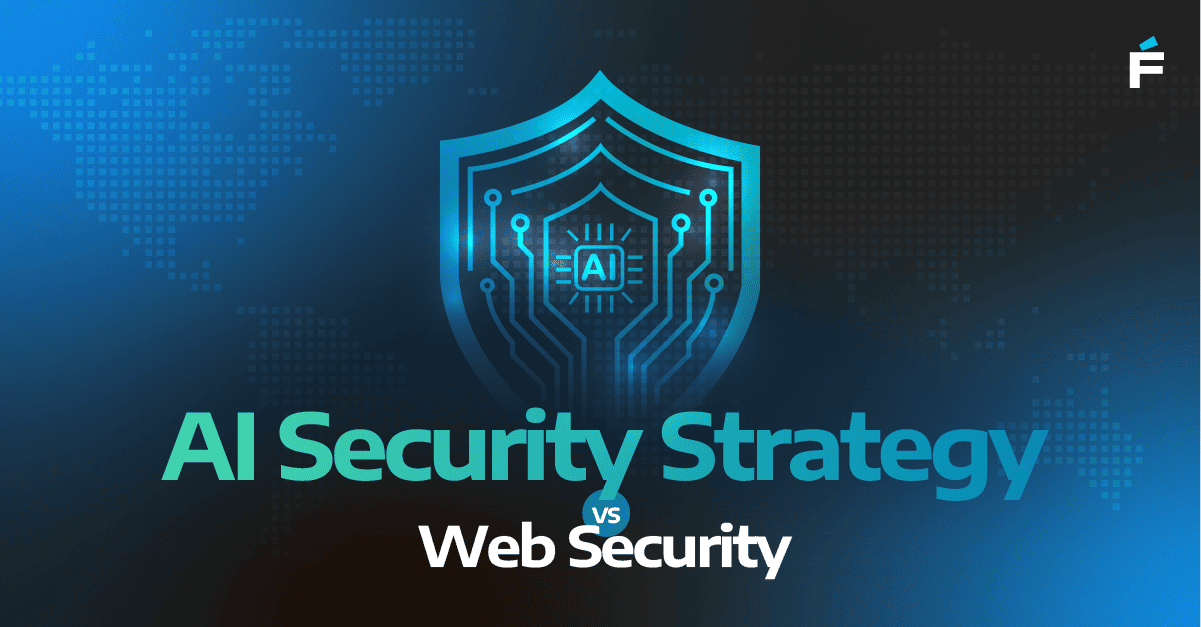Introduction
With the rise of remote and hybrid work models, optimizing meetings has become essential for driving productivity and achieving meaningful outcomes. At Forte Group, we’ve compiled a comprehensive guide to help organizations navigate this crucial aspect of remote work.
STREAMLINING MEETING PROCESSES
- Set up an agenda
Meetings are a cornerstone of collaboration, but they can easily become time-consuming and ineffective without proper planning and execution. Start with clear objectives and a well-defined agenda.
According to research by TeamStage and Zippia, meetings with agendas are significantly more productive than those without, because participants know what to expect and can come prepared, leading to more focused and efficient discussions.
- Be mindful of the meeting duration
Furthermore, it’s important to consider the duration of meetings.By setting strict time limits and prioritizing agenda items, organizations can ensure that meetings stay on track and respect participants’ time.Research indicates that the average business meeting lasts between 31 minutes and an hour, but shorter, more focused meetings can often be more productive.
ENGAGEMENT STRATEGIES FOR REMOTE TEAMS
- Use collaboration tools
One effective approach is to use interactive tools and platforms that allow for real-time collaboration and engagement. Whether it’s virtual whiteboarding tools, interactive polls, or breakout sessions, incorporating interactive elements into meetings can help keep remote team members engaged and invested in the discussion. - Encourage inclusivity and respect
Encouraging all participants to share their thoughts and ideas, regardless of their location or role, can help ensure that everyone feels valued and heard. By fostering a culture of open communication and collaboration, organizations can maximize the collective intelligence of their remote teams and drive better outcomes.
EFFECTIVE TIME MANAGEMENT
- Start and end meetings on time
By respecting participants’ schedules and sticking to the agenda, organizations can demonstrate a commitment to efficiency and professionalism.
- Allocate time wisely
Prioritizing agenda items and allocating time accordingly, allows organizations to ensure that meetings are productive and focused on achieving key objectives.
Research suggests that meetings should be structured to allow for meaningful discussion and decision-making while minimizing time spent on non-essential topics.
SEAMLESS FOLLOW-UP AND ACTION ITEM TRACKING
- Document the meeting
The true measure of meeting success lies in the follow-up. After the meeting concludes, it’s important to document key decisions, action items, and next steps in a clear and accessible format. This ensures that all participants are aligned on the outcomes of the meeting and understand their roles and responsibilities moving forward.
- Assign action items and define deadlines
Utilizing collaborative tools and task management platforms can streamline the follow-up process and ensure that action items are tracked and completed in a timely manner. By assigning owners to each action item and setting clear deadlines, organizations can hold team members accountable and drive progress towards meeting goals and objectives.
HARNESSING AI FOR MEETING EFFICIENCY
- Use AI tools for documentation and accessibility
Technology has revolutionized the way we conduct meetings, offering a wide range of tools and solutions to enhance efficiency and collaboration. Leverage AI-powered transcription tools to document the meeting, translation services for inclusivity and virtual whiteboarding tools to encourage collaboration.
63% of people trust AI more than their human managers, and 37% of organizations have implemented some form of AI in their business. (Zipdo)
- Use AI powered scheduling software to find convenient meeting times
For example, AI-powered scheduling software can analyze attendee calendars and suggest meeting times based on availability, minimizing the time spent on back-and-forth scheduling emails.



